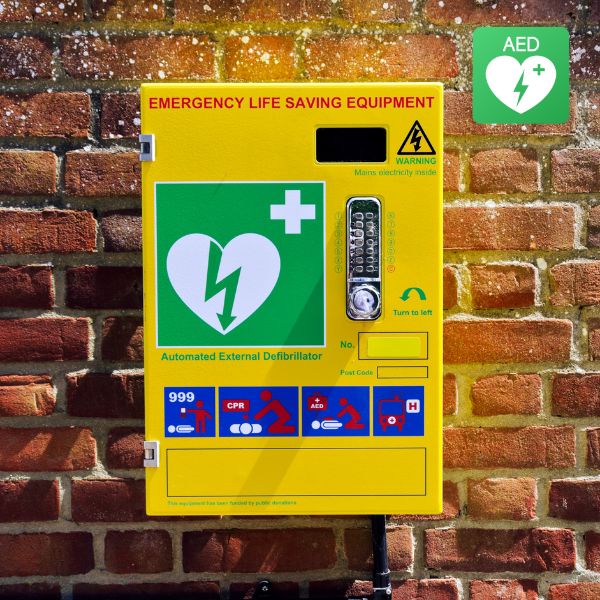The UK government is taking a bold step to boost public readiness for medical emergencies by updating the driving theory test.
Starting in Autumn 2025, the test will include new questions on how to respond to cardiac arrest, including CPR and the use of defibrillators.
This change could save lives by ensuring more people understand how to take action during critical moments, especially before emergency services arrive.

Why This Matters: Over 30,000 Cardiac Arrests a Year
Each year in the UK more than 30,000 out-of-hospital cardiac arrests (OHCA) occur.
Survival rates remain low, around one in ten, largely due to delays in treatment.
But when bystanders step in quickly with CPR and defibrillation, the chances of survival can double or even triple.That’s why spreading basic lifesaving knowledge across the population is so vital.
The Power of Public Knowledge
Until now, most people have relied on voluntary courses or workplace training to learn CPR. But many don’t receive this training at all. By embedding this knowledge into the driving test, which nearly two million people take each year, the government is ensuring a far wider and more inclusive reach.
The new theory test content will focus on:
- Spotting the signs of a cardiac arrest
- Calling emergency services
- Performing CPR
- Using an Automated External Defibrillator (AED)
This initiative is part of a broader UK strategy to improve cardiac arrest survival rates and complements existing efforts like CPR training in schools and increased public access to defibrillators.
Targeting Everyday Situations
Many cardiac arrests happen in public spaces, on the street, at work, or while travelling.
The new test questions recognise that drivers are often first on the scene in roadside emergencies. Knowing how to act can help them make a difference when every second counts.
Transport Secretary Mark Harper has emphasised that this change is not just about safer roads, but about building a more resilient society, one where more people are confident enough to help save a life before an ambulance arrives.
Closing the Confidence Gap
Even when a defibrillator is nearby, many people are unsure how to use it, or hesitate out of fear they’ll do something wrong.
The updated theory test is expected to increase public confidence and reduce hesitation, especially in young adults who are less likely to have received prior CPR training.
By teaching these skills early the government aims to normalise emergency response as a basic life skill, just like knowing how to brake safely or check your mirrors.
Looking Ahead
The integration of CPR and AED content into the theory test from Autumn 2025 is a simple, scalable step with massive potential impact.
It reflects a growing understanding that driver education can go beyond traffic laws, instilling skills that help protect lives, not just on the road, but everywhere.
The DVSA keeps updating the theory test and we make sure you’re always one step ahead. Whether it’s new-style hazard perception clips, case studies or revised multiple-choice questions, our instructors and resources are fully up to date.
We offer:
✅ Free access to Theory Test Pro for all our students
✅ Support with understanding the latest question formats
✅ In-lesson tips that link practical driving with theory knowledge
Don’t let the updated theory test slow you down.
